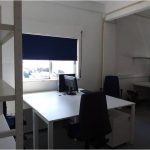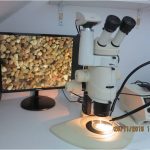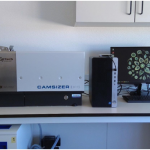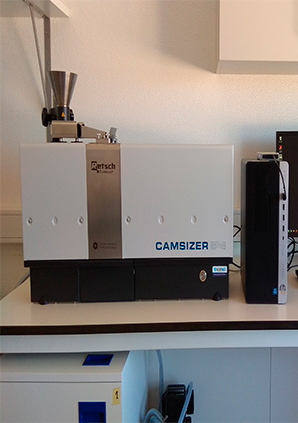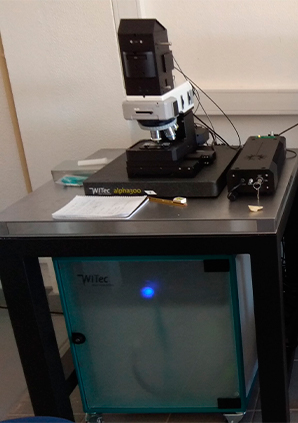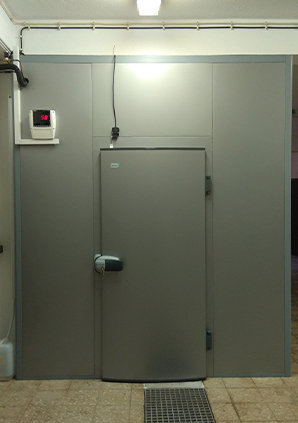
Cold Chamber
The Cold Chamber is a cold room archive where different types of sediment samples collected over time, are stored.
The main goal of the Cold Chamber is to ensure that collected samples are stored under perfect conditions (~4ºC), even if it is temporarily, enabling their use in future analyses.
The main goal of the Cold Chamber is to ensure that collected samples are stored under perfect conditions (~4ºC), even if it is temporarily, enabling their use in future analyses.



